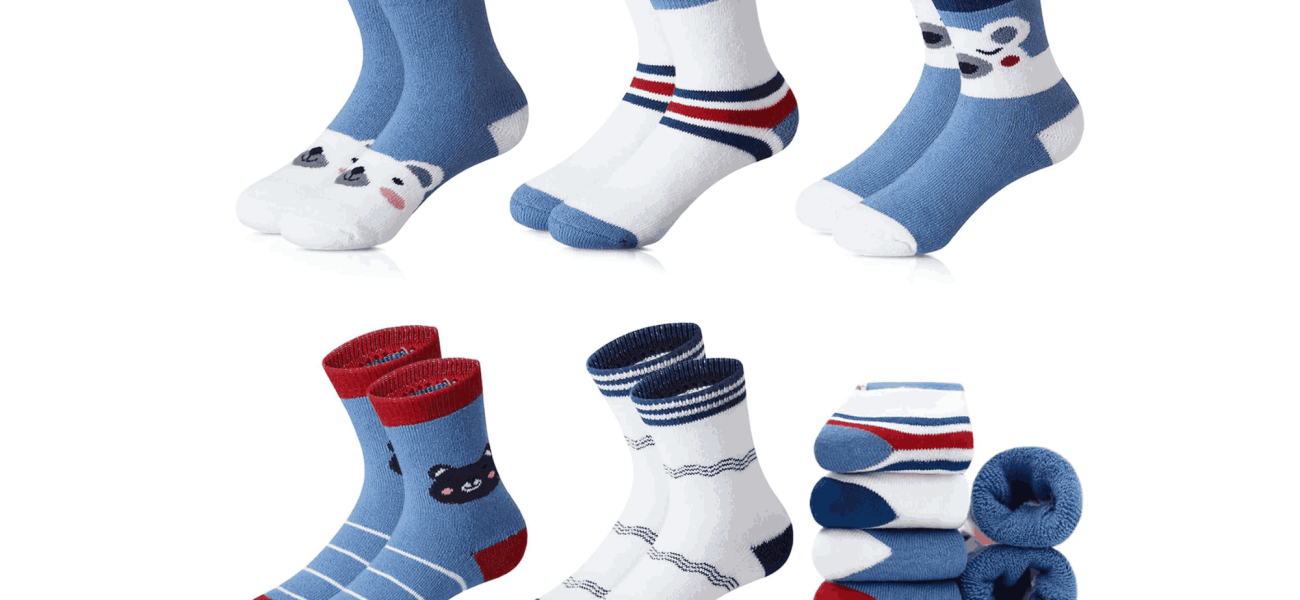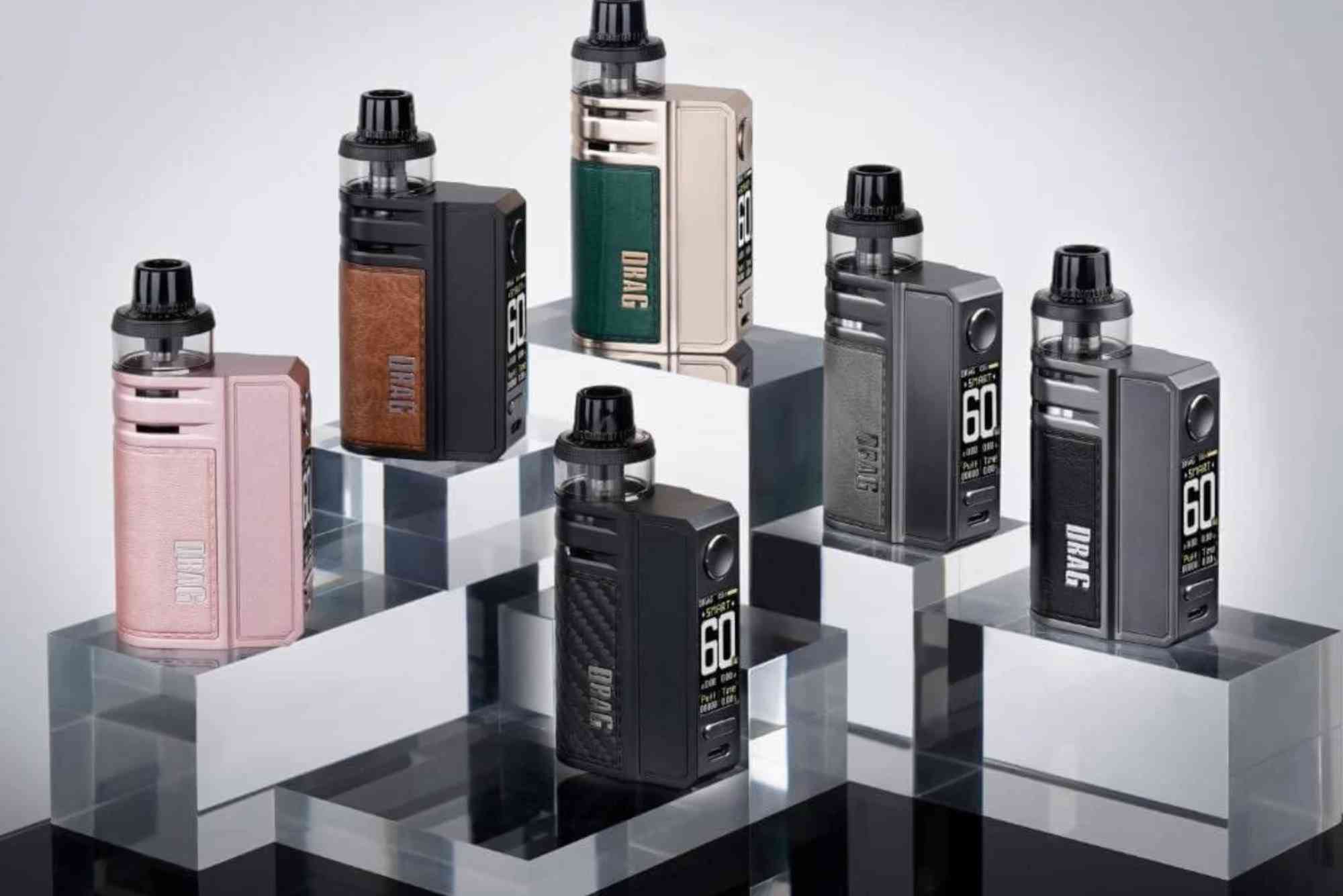With Pakistan’s textile exports steadily growing and regional retail hubs like Multan, Bahawalpur, and Sahiwal expanding, packaging has become more than a protective layer—it’s a strategic asset. For hosiery brands, whether targeting local boutiques or global markets, following hosiery packaging standards is essential for compliance, quality, and customer trust.
Supported by innovation initiatives like Ignite and STZA, local startups in South Punjab are redefining packaging benchmarks to align with international norms. In this guide, we’ll walk you through essential hosiery packaging standards—from material selection to labeling compliance—and explain how Pakistani entrepreneurs can stay competitive in both domestic and export markets.
Why Hosiery Packaging Standards Matter
Standards ensure durability, hygiene, product visibility, and compliance with local and export regulations.
Whether you’re supplying socks in Layyah or leggings for an e-commerce store in Lahore, adhering to standards helps you:
-
Reduce returns and product damage
-
Build customer trust and satisfaction
-
Meet customs and regulatory compliance for export
-
Stand out in increasingly competitive retail markets
A 2023 survey by NIC Multan found that 73% of hosiery startups lacked basic knowledge of international packaging regulations, risking lost opportunities in EU and GCC markets.
Standard Materials Used in Hosiery Packaging
Compliant hosiery packaging must use durable, safe, and often recyclable materials to meet market expectations.
Globally accepted materials include:
-
Kraft board (FSC-certified) for eco-conscious packaging
-
PET and BOPP plastics for visibility and durability
-
Paperboard sleeves for minimal but aesthetic display
-
Corrugated micro-flute board for shipping resilience
In South Punjab, packaging units funded under Ignite’s CleanTech program are testing recyclable paper sleeves that meet both EU packaging directives and Pakistan’s local climate durability needs.
Packaging Size and Structural Standards
Size, fold design, and rigidity affect how hosiery is presented, stacked, and shipped—impacting retail efficiency.
Typical standard sizes include:
-
Socks (Adult): 4.5” x 9.5” with euro slot
-
Tights: 6” x 10” in folding box with internal support
-
Multipacks: 8” x 11” flatpack with resealable plastic or zip pouches
Best Practices:
-
Allow air gap to prevent fabric deformation
-
Include internal card or foam to keep product shape
-
Ensure boxes are stackable and crush-resistant
A hosiery exporter in Bahawalpur reported a 35% reduction in damage claims after switching to STZA-recommended 3-ply sock box construction for GCC-bound shipments.
Labelling and Branding Compliance
Standardized labeling improves transparency, aids sorting, and supports both retail and export documentation.
Mandatory label elements:
-
Brand name and logo
-
Size and color indicators
-
Material composition (e.g., 80% cotton, 20% spandex)
-
Washing/care instructions (preferably in both Urdu & English)
-
Country of origin (“Made in Pakistan”)
-
Barcode or QR for traceability
Quote (hypothetical): “Label compliance isn’t just a legal formality—it’s a trust signal,” says the CEO of Ignite during a 2024 workshop on packaging innovation in Multan.
Sustainable Hosiery Packaging Standards
Sustainable packaging must minimize environmental impact while maintaining functionality and visual appeal.
Sustainability has become a global packaging benchmark. Pakistani brands, especially youth-led ones in Sahiwal and Vehari, are switching to biodegradable and recyclable formats.
Eco-Compliant Features:
-
Soy-based inks instead of petroleum-based
-
Plant-based adhesives
-
FSC-certified cardboard
-
Seed-infused tags or reusable cloth pouches
In partnership with Ignite, three Multan-based packaging startups now manufacture sock sleeves from agricultural waste paper.
Shelf-Ready Hosiery Packaging Requirements
Retailers prefer packaging that’s pre-labelled, easy to stock, and displays hosiery without opening the pack.
Key Shelf-Readiness Features:
-
Euro slot holes for pegboard hanging
-
Fold-flat cartons with window display
-
Tear-off perforations for multi-packs
-
Tamper-evident seals
A hosiery brand in Rahim Yar Khan increased placement in national supermarkets by offering ready-to-hang sock packs that met shelf-sizing standards set by local retail chains.
Customization and Logo Standards
Logos and branding elements should be scalable, non-obtrusive, and consistently placed to reinforce brand identity.
Printing Compliance Tips:
-
Maintain a minimum logo resolution of 300 DPI
-
Use vector graphics for flexibility across materials
-
Position logo consistently on primary display panel
-
Ensure color contrasts meet accessibility standards (especially important for partially sighted consumers)
Midpoint Backlink Placement:
To ensure your packaging meets international and local branding expectations, consider professionally customized hosiery packaging solutions tailored to Pakistan’s retail dynamics.
Hosiery Packaging Standards for Export
Quick Answer: Export packaging must comply with destination country laws, sustainability certifications, and transit protection guidelines.
EU and GCC Packaging Standards Often Require:
-
EN13432 biodegradable certification (for compostable materials)
-
REACH compliance for dyes and inks
-
Weather and moisture-resistant outer cartons
-
Multilingual labels (Arabic, French, English, etc.)
-
Clear HS codes and GTIN barcodes
In Bahawalpur, STZA-trained packaging engineers helped a local tights manufacturer upgrade their packaging to meet Germany’s 2024 retail standards.
Testing and Quality Assurance in Hosiery Packaging
Quick Answer: Regular testing ensures packaging meets strength, visual, and safety standards.
Common Tests Include:
-
Burst strength (for cardboard boxes)
-
Colorfastness of printed inks
-
Drop testing for transit simulation
-
Moisture resistance (essential for humid regions like Karachi)
-
Print rub resistance (to ensure durability on store shelves)
Ignite-funded NIC labs in Multan now offer free testing services to startups and small businesses in South Punjab developing innovative packaging.
FAQs
1. What are the key standards for hosiery packaging in Pakistan?
Material durability, size consistency, labelling clarity, and eco-friendliness are all key packaging standards recognized both locally and internationally.
2. Is sustainable hosiery packaging available in South Punjab?
Yes. Packaging startups in Multan, Rahim Yar Khan, and Bahawalpur—many supported by Ignite—offer biodegradable and recyclable options for hosiery products.
3. What labeling elements are required for export-ready hosiery packaging?
Include size, fiber content, care instructions, brand details, country of origin, and a scannable barcode (or QR).
4. Can I use plastic in hosiery packaging?
Yes, but PET and BOPP plastics are preferred due to recyclability. Compostable plastic alternatives are growing in popularity for eco-conscious brands.
5. Do government programs support packaging innovation in Pakistan?
Absolutely. STZA and Ignite provide funding, training, and access to labs for testing and developing packaging in tech zones like Multan and Lahore.
6. How do I test the strength of my packaging?
Drop tests, burst strength tests, and rub resistance evaluations can be done at NIC centers or private labs across Punjab.
Final Thought
As someone who’s worked alongside textile entrepreneurs in Multan and Bahawalnagar, I can confidently say that hosiery packaging is no longer an afterthought—it’s a brand’s handshake with the customer. Adhering to global and local standards ensures your packaging protects your product, tells your story, and stands up to scrutiny across borders.
The good news? With platforms like Ignite and STZA nurturing South Punjab’s packaging ecosystem, businesses of all sizes now have access to the tools, resources, and technical training needed to meet and exceed hosiery packaging standards. Whether you’re selling socks in Sahiwal or exporting tights to Germany, remember: packaging isn’t just what you wrap—it’s what you represent.



